Cabbage (Brassica oleracea var. capitata) is one of the oldest cultivated vegetables and a staple in kitchens worldwide. From traditional dishes like Korean kimchi to German sauerkraut and Eastern European stuffed cabbage rolls, this leafy vegetable plays a prominent role in global cuisines. Its popularity is largely driven by its affordability, nutritional value, and ease of cultivation. While many countries grow cabbage, one stands out as the undisputed leader in production.
In this article, we explore the global landscape of cabbage production and uncover which country holds the top spot, delving into the reasons behind its dominance, agricultural practices, and its impact on global trade.
Global Importance of Cabbage
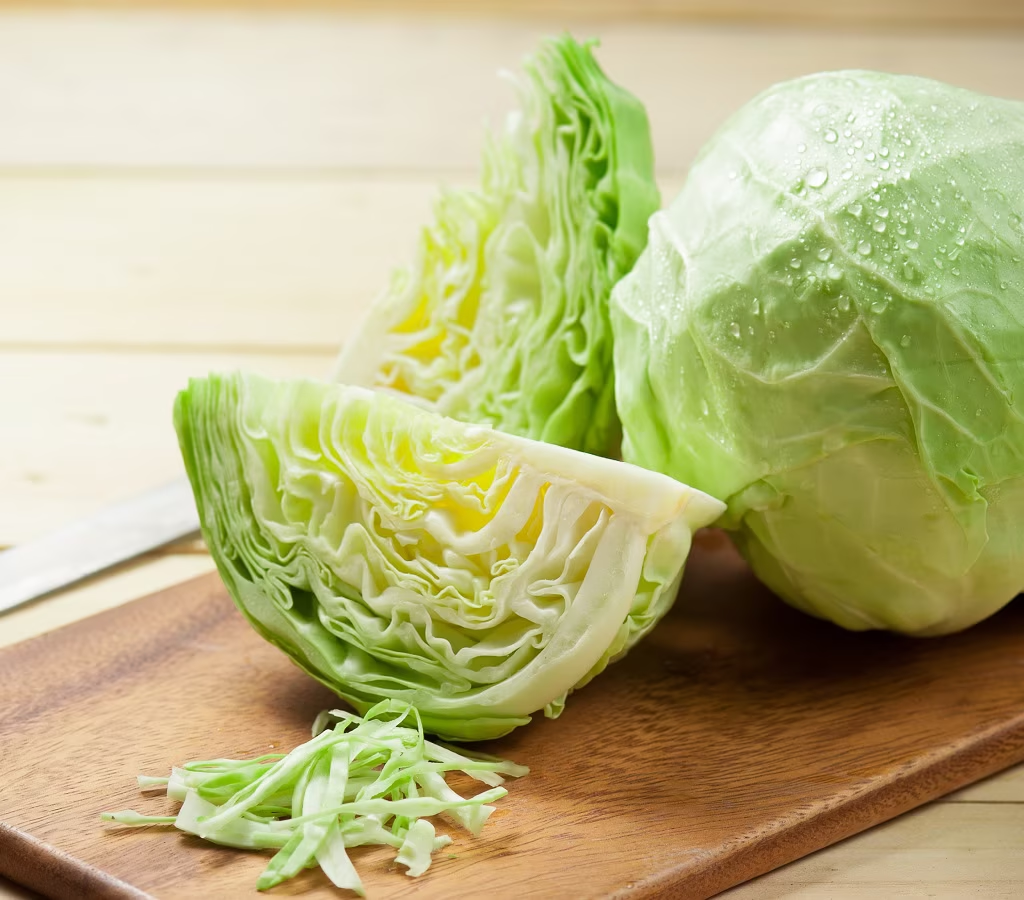
Cabbage is widely cultivated across continents and ranks among the top vegetables in terms of production volume. It is rich in vitamins C and K, fiber, antioxidants, and offers health benefits ranging from improved digestion to potential anti-inflammatory properties. It grows in a wide range of climates and has varieties suited for both temperate and tropical regions.
The global demand for cabbage is driven by both fresh consumption and processed forms. It is commonly used in salads, stews, pickles, and fermented foods. With rising awareness about plant-based diets and the importance of fiber-rich foods, cabbage’s popularity continues to grow.
Top Cabbage-Producing Countries
According to the Food and Agriculture Organization (FAO) of the United Nations, the top cabbage-producing countries include:
- China
- India
- Russia
- South Korea
- Japan
- United States
- Indonesia
- Poland
- Ukraine
- Vietnam
Among these, one country clearly outpaces the rest—China.
China: The Largest Cabbage Producer in the World
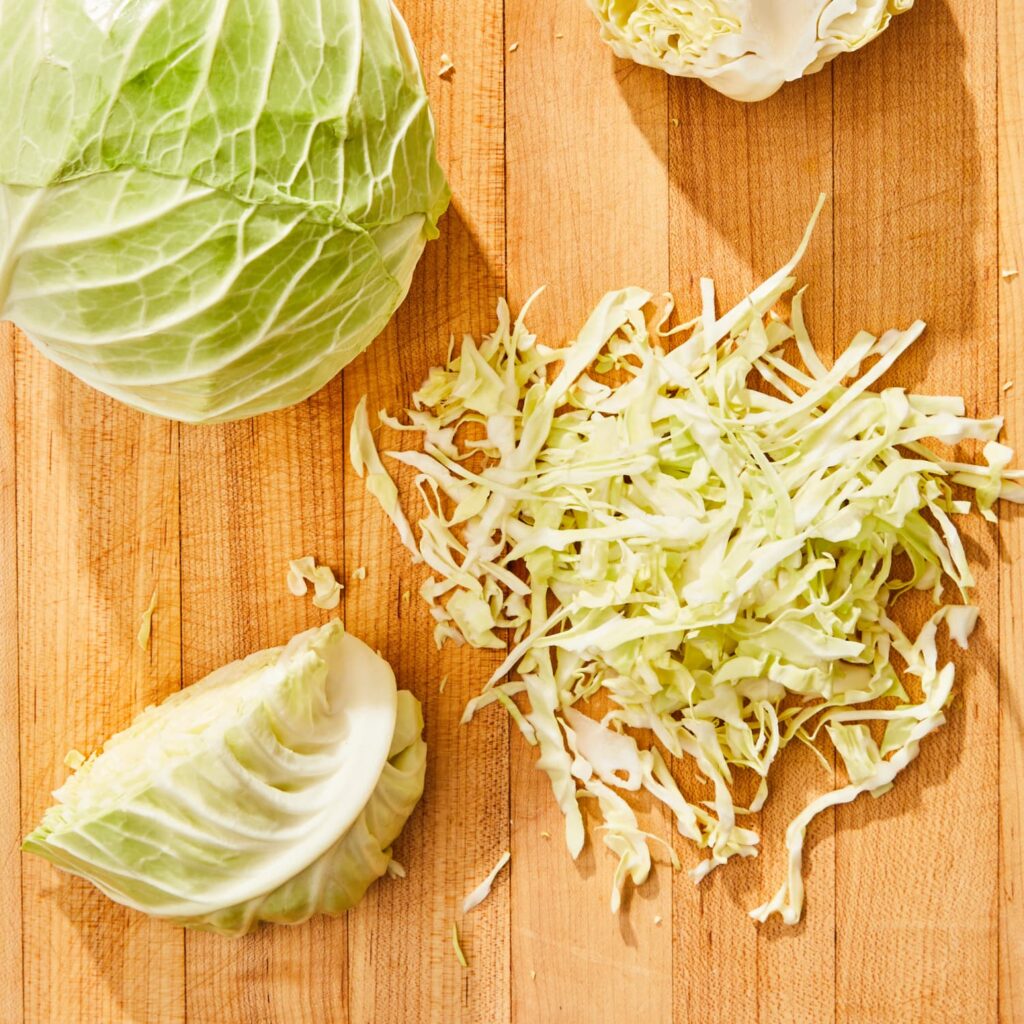
Production Statistics
As per the most recent FAO data, China produces over 33 million metric tons of cabbage annually, accounting for more than 40% of the world’s total cabbage production. This staggering figure not only places China at the top but also significantly ahead of the next leading producers.
For comparison:
- India, the second-largest producer, generates approximately 9 million metric tons.
- Russia produces around 3 million metric tons.
- The United States and Japan each produce between 1.5 to 2 million metric tons.
This clear dominance by China showcases its unmatched capacity for large-scale vegetable cultivation.
Why China Leads in Cabbage Production
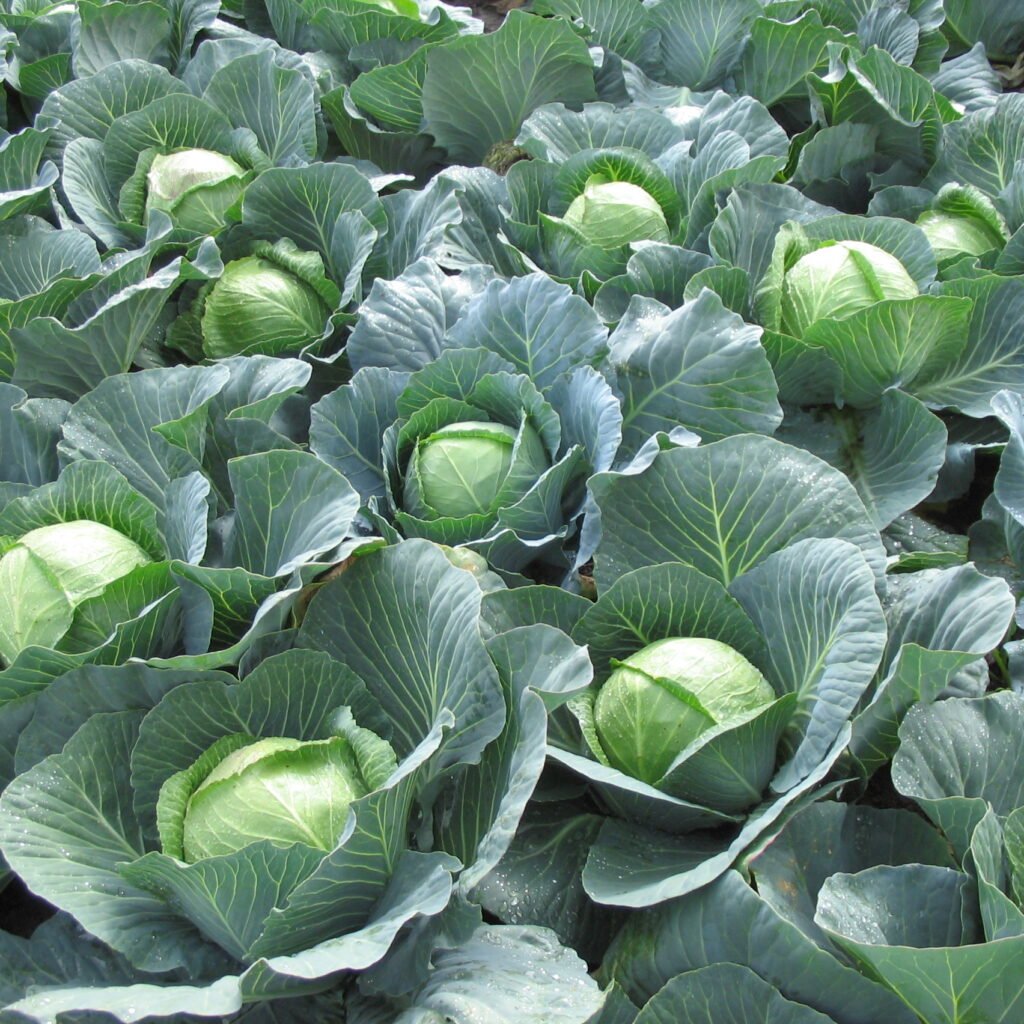
- Favorable Climate and Geography China has a vast and diverse agricultural landscape, with regions suitable for growing cabbage almost year-round. Provinces like Shandong, Hebei, and Henan are known for intensive vegetable farming, including cabbage. Cooler highland areas provide ideal conditions for high yields.
- Large Agricultural Workforce With a substantial rural population engaged in agriculture, China can maintain intensive and labor-dependent farming methods. Cabbage cultivation, while mechanized in some areas, still benefits from manual labor for planting, harvesting, and sorting.
- Advanced Agricultural Techniques China has made significant strides in agricultural technology, from hybrid seed development to controlled environment agriculture. This allows farmers to grow disease-resistant and high-yielding cabbage varieties while maintaining crop rotation for soil health.
- High Domestic Demand Cabbage is a staple ingredient in Chinese cuisine. It is widely used in stir-fries, hot pots, and pickled dishes. The massive domestic market ensures stable demand, making cabbage a reliable crop for farmers.
- Export Potential and Processing Industry While most cabbage is consumed domestically, China also exports fresh and processed cabbage products. The country has a well-developed food processing industry, with cabbage-based products like kimchi, sauerkraut, and pickles in high demand globally.
Cabbage Production in Other Leading Countries
India
India ranks second, producing approximately 9 million metric tons annually. Cabbage is cultivated mainly in states like West Bengal, Bihar, and Maharashtra. Indian cabbage is mainly for domestic consumption, and its demand is growing with urbanization and rising vegetable intake.
Russia
With around 3 million metric tons, Russia uses cabbage extensively in traditional foods. The cold climate is ideal for hardy cabbage varieties, and fermentation methods like sauerkraut are popular.
United States
The U.S. produces around 1.5 million metric tons of cabbage. California, New York, and Texas are leading states in production. Cabbage is used in coleslaw, salads, and fermented forms, and also as a key ingredient in health-conscious diets.
Economic and Environmental Impact of Cabbage Production in China
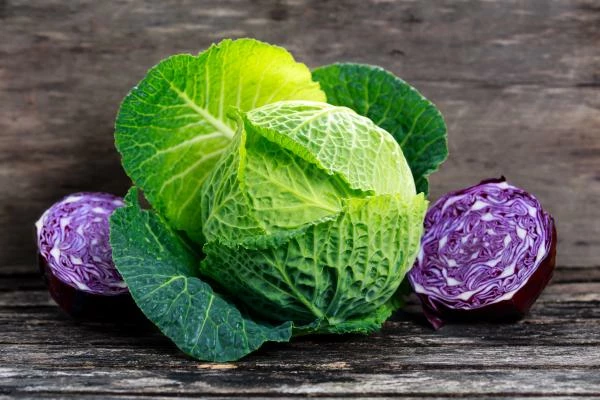
- Rural Development Cabbage cultivation supports millions of smallholder farmers across China. It plays a crucial role in rural employment, income generation, and poverty alleviation in agricultural communities.
- Sustainability Practices Chinese agricultural policy emphasizes sustainable practices, including organic farming and reduced chemical input. Crop diversification, intercropping, and soil health initiatives contribute to long-term productivity.
- Challenges Faced
- Climate Change: Extreme weather events affect crop cycles and yield.
- Soil Degradation: Overuse of land without proper rotation can degrade soil.
- Pesticide Overuse: In some regions, excessive pesticide use raises concerns for food safety and environmental health.
To counter these, the Chinese government is investing in eco-friendly farming, precision agriculture, and farmer education.
Future of Cabbage Production
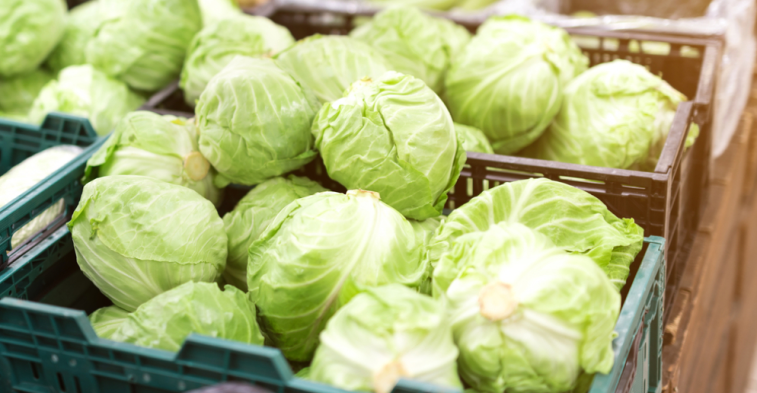
The global cabbage market is projected to grow steadily due to increasing consumption of plant-based foods. As countries seek food security and climate-resilient crops, cabbage will likely remain a major player. China’s dominance is expected to continue, although other countries are also ramping up their production through improved agricultural techniques.
China’s position is strengthened by:
- Continued government support for agriculture.
- Technological advancements in farming.
- A large internal consumer base that sustains high domestic demand.
Conclusion
China is unequivocally the largest cabbage producer in the world, contributing over 40% of global supply. Its unique combination of fertile land, agricultural infrastructure, population-driven demand, and government support makes it the leader in cabbage production. As the global focus shifts towards sustainable agriculture and healthy diets, China’s model of mass-scale cabbage farming with increasing eco-friendly practices could set the benchmark for others.
Cabbage may be a humble vegetable, but in the world of agricultural economics and food security, it is a powerful crop. And in this realm, China stands tall as the undisputed king of cabbage.

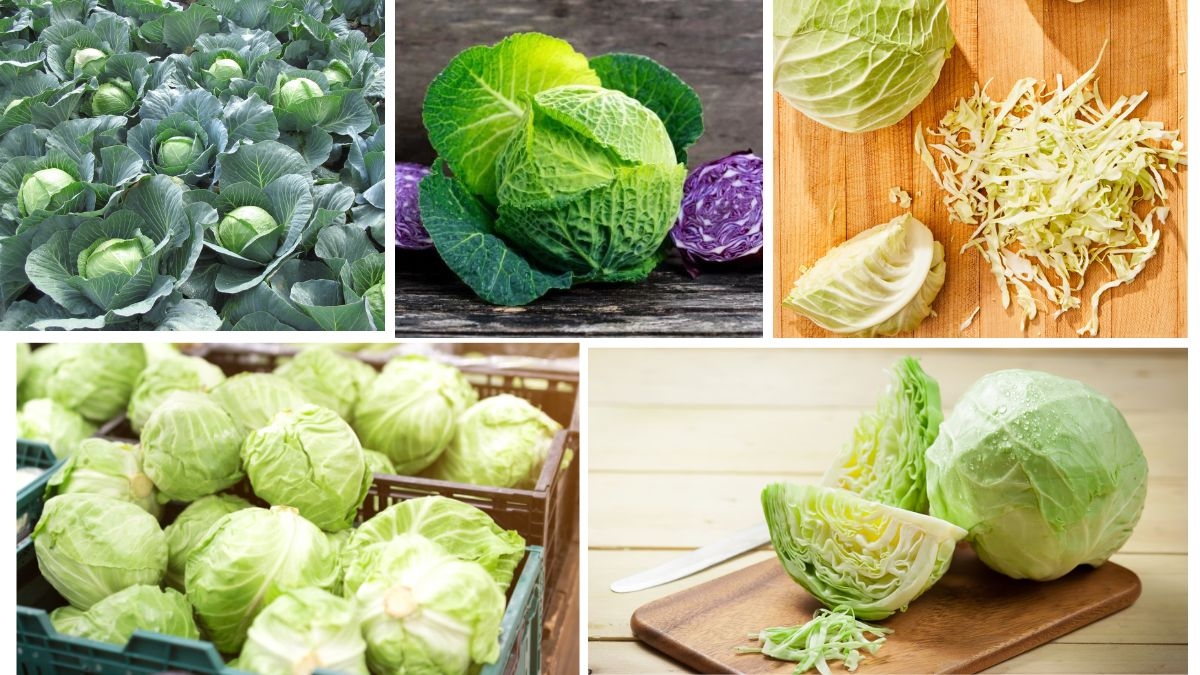



Leave A Comment